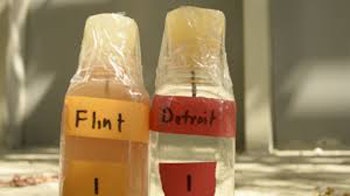Many would agree that college costs have skyrocketed to the point where they are now prohibitively expensive. Student loan debt now totals more than $1.3 trillion, indicating that, while people are willing to take on the risk of debt for a shot at improving their career prospects, the price tag is high.
States and municipalities are working to address cost issues by initiating “free” college programs, known as promise programs. While individual promise programs may take on different aspects depending on location and available funding, typically, they are aimed at recent high school graduates. They provide tuition funding for community college and four-year institutions, in some cases, in return for a commitment from students to maintain a basic minimum GPA and stay on track to graduate.

Efforts to create a Flint Promise Zone take on an added urgency in light of the water crisis. The roots of the problem go back to the spring of 2014, when Flint switched from Detroit water to Flint River water to save money. Unwittingly, they were instead putting in motion a chain of events that would poison the municipality’s drinking water and will cost untold sums of money to resolve.
After switching water sources, Flint officials failed to ensure that Flint River water was being properly treated, causing outbreaks of e. coli and elevated levels of a carcinogenic known as TTHM. The hard water also corroded old pipes, leaching lead into the water. Incidences of high blood lead levels among Flint children increased from 2.4 to 4.9 percent between 2013 and 2015 and from 4.0 to 10.6 percent in some parts of the city.
Flint’s water crisis has been recognized as an emergency at multiple levels of governance, from the Flint mayor’s office all the way up to the nation’s current president, who declared a state of emergency in Flint in January 2016. Public officials began addressing the problem as early as 2015, and work began this summer to replace old pipes. Yet progress is slow, and the situation is still far from satisfactory, according to those close to the situation.
Dr. Laura Sullivan, a professor of mechanical engineering at Kettering University, said that skepticism about the water’s safety is still widespread throughout the community. Sullivan has been working with local residents on water issues for years, first lobbying for residents whose water was cut off and then working to address contamination issues as they arose.















